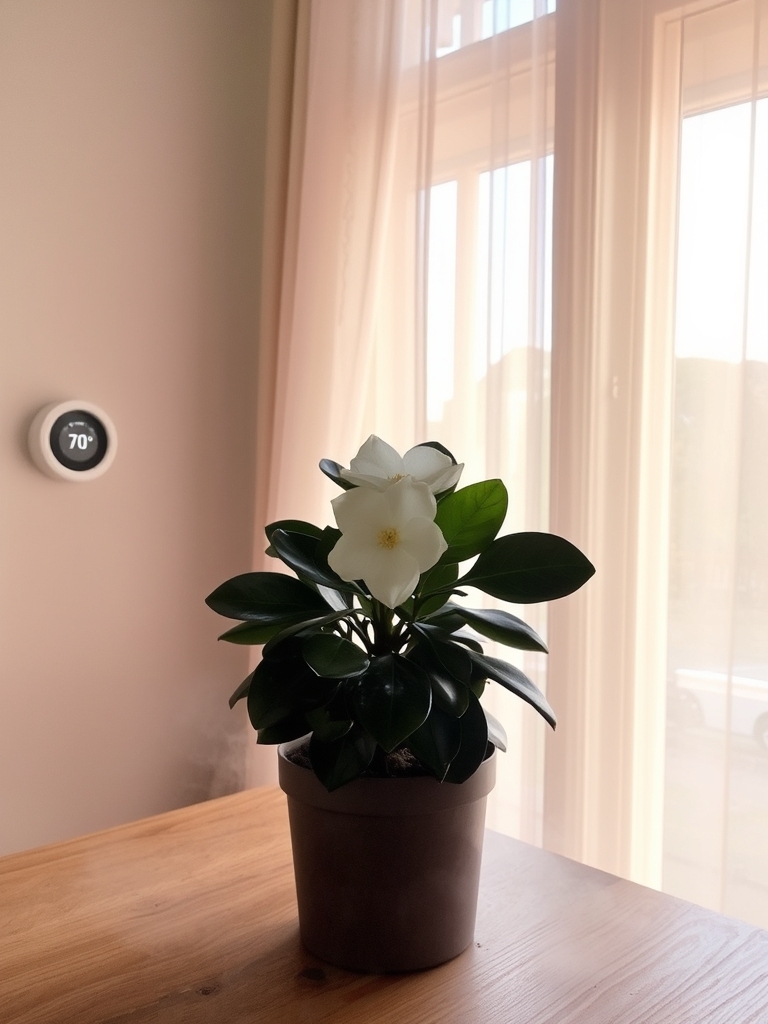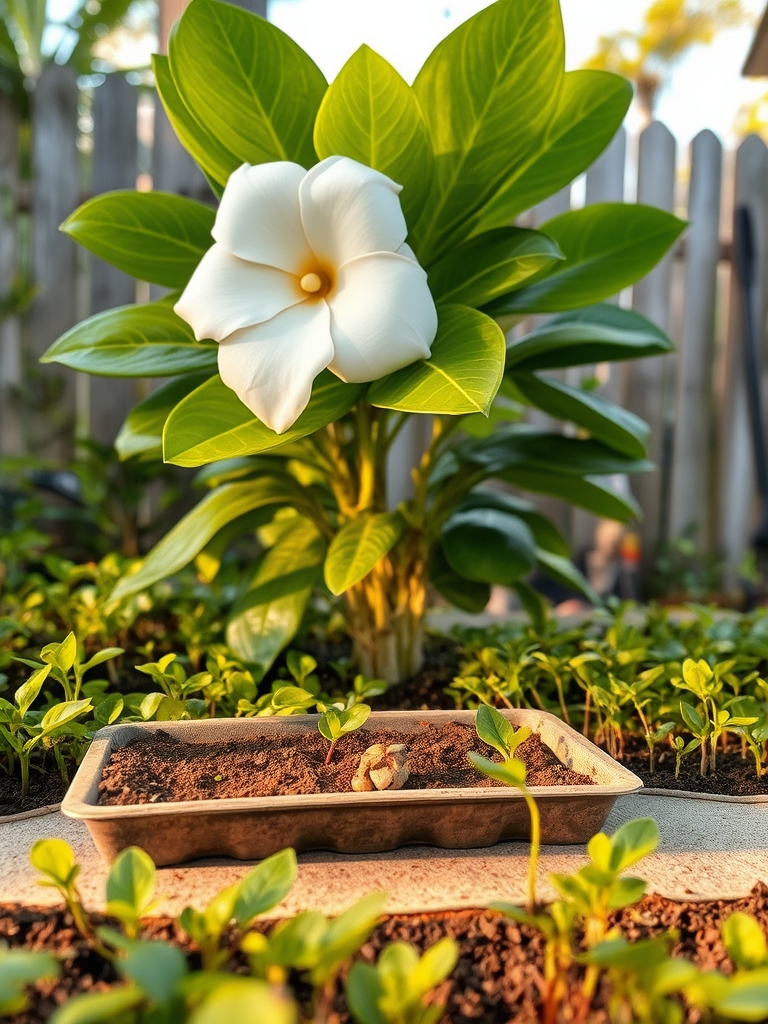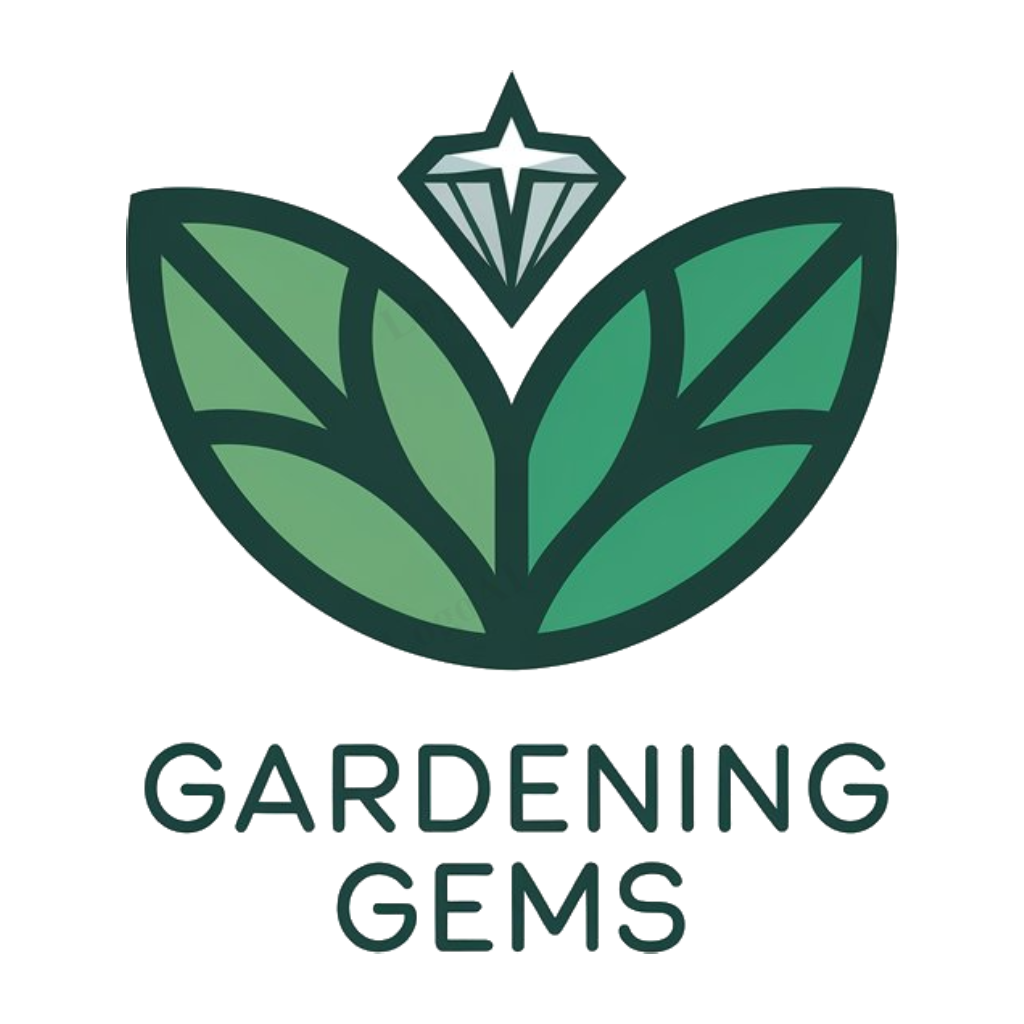You’re on a mission to grow the most beautiful gardenia plant ever. To achieve this, you need to learn about the essential care secrets. Understanding lighting, temperature, and soil requirements is crucial for your gardenia plant to thrive.
Mastering gardenia care can be easy and fun, and you’re just one step away from becoming an expert. With the right tips and tricks, you’ll be able to make your gardenia plant happy and healthy. By following these simple secrets, you’ll be on your way to growing a stunning gardenia plant that will amaze everyone.
Understanding Gardenia Lighting Requirements

Gardenias require bright, indirect light to thrive. Direct sunlight can scorch leaves, while insufficient light leads to weak growth. East- or west-facing windows are ideal, providing gentle, filtered light. Avoid placing gardenias in dark corners or under direct sunbeams to guarantee maximum photosynthesis and healthy development.
Maintaining Optimal Temperature Ranges

Maintaining ideal temperature ranges is vital for gardenia plants. They thrive in temperatures between 65-75°F (18-24°C) during the day and no lower than 55°F (13°C) at night. Avoid placing them near heating or cooling vents, fireplaces, or drafty windows to prevent temperature fluctuations.
Soil Selection and Preparation Techniques

Proper soil selection and preparation are vital for gardenia plants. Well-draining acidic soil with a pH between 5.0 and 6.0 is ideal. Adding organic matter like peat moss or compost can help achieve the right acidity and drainage, promoting healthy root growth and robust blooms.
Fertilization Methods and Schedules

Fertilization methods and schedules are vital for gardenia plant care. Feed gardenias with acidic fertilizers during growing seasons, typically spring and summer. A balanced, water-soluble fertilizer applied every 2-4 weeks promotes healthy growth and blooming. Dilute the fertilizer to avoid burning the roots, and avoid fertilizing during winter when the plant is dormant.
Pruning and Grooming Best Practices

Pruning and grooming are essential for maintaining a gardenia’s shape and promoting healthy growth. Remove dead or damaged leaves and flowers to prevent disease and encourage new blooms. Prune after flowering to avoid removing buds, and use clean tools to prevent spreading infections, shaping the plant to maintain its desired form.
Pest and Disease Management Essentials

To maintain healthy gardenias, monitor for pests like mealybugs, aphids, and whiteflies. Regularly inspect leaves and stems, and treat infestations promptly. Fungal diseases like root rot and leaf spot can also occur, often due to overwatering. Use organic or chemical controls as needed, and guarantee good air circulation to prevent disease spread.
Propagation Techniques for Gardenias

Propagation techniques for gardenias involve using cuttings, layering, or division to create new plants. Take 3-4 inch stem cuttings with at least two sets of leaves, remove lower leaves, and root in moist soil or water. Layering involves bending a stem to the ground and securing it until roots form, then cutting it from the parent plant.
Gardenia Species Selection for Your Climate

Choosing the right Gardenia species is vital for thriving plants. Select varieties that suit your climate, considering factors like temperature, humidity, and sunlight. For cooler climates, ‘Radicans’ or ‘Klein’s Hardy’ are suitable, while ‘Veitchii’ and ‘Meyer’ prefer warmer temperatures, ensuring ideal growth and blooming.
Common Gardenia Problems and Solutions

Common gardenia problems include yellowing leaves, black leaf spots, and insufficient blooming. These issues often arise from over-watering, nutrient deficiencies, or inadequate acidity. Proper diagnosis and prompt treatment can help resolve these problems, ensuring healthy growth and ideal flowering. Regular monitoring and adjustments to care routines can prevent future issues.
Creating a Gardenia-Friendly Environment

To create a gardenia-friendly environment, provide high humidity, partial shade, and well-draining acidic soil with a pH between 5.0 and 6.0. Maintain a consistent temperature between 65-75°F (18-24°C) and protect plants from extreme weather conditions, such as frost and heatwaves, to promote healthy growth and blooming.
Conclusion
You’ll master gardenia care by following these secrets. Notably, about 90% of gardenia problems stem from inadequate watering. By implementing proper techniques, you’ll join the ranks of successful gardeners who coax blooming beauty from these finicky plants, optimizing their growth and flowering potential.

